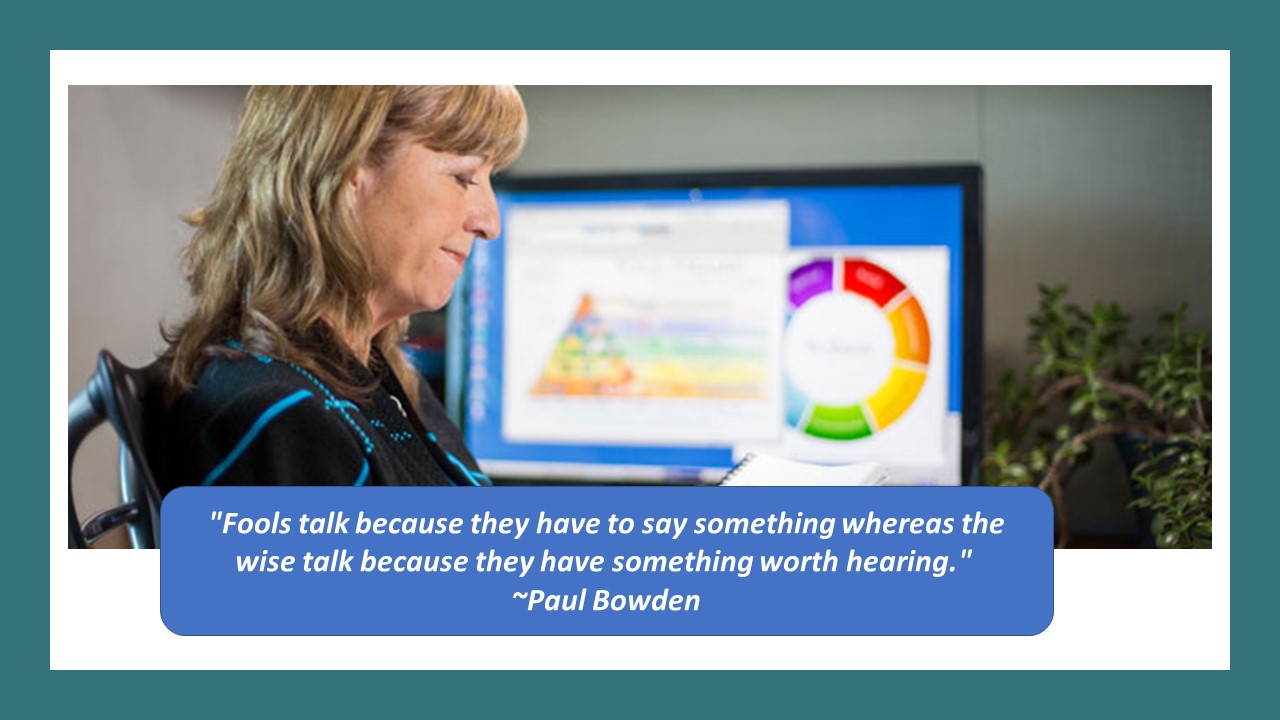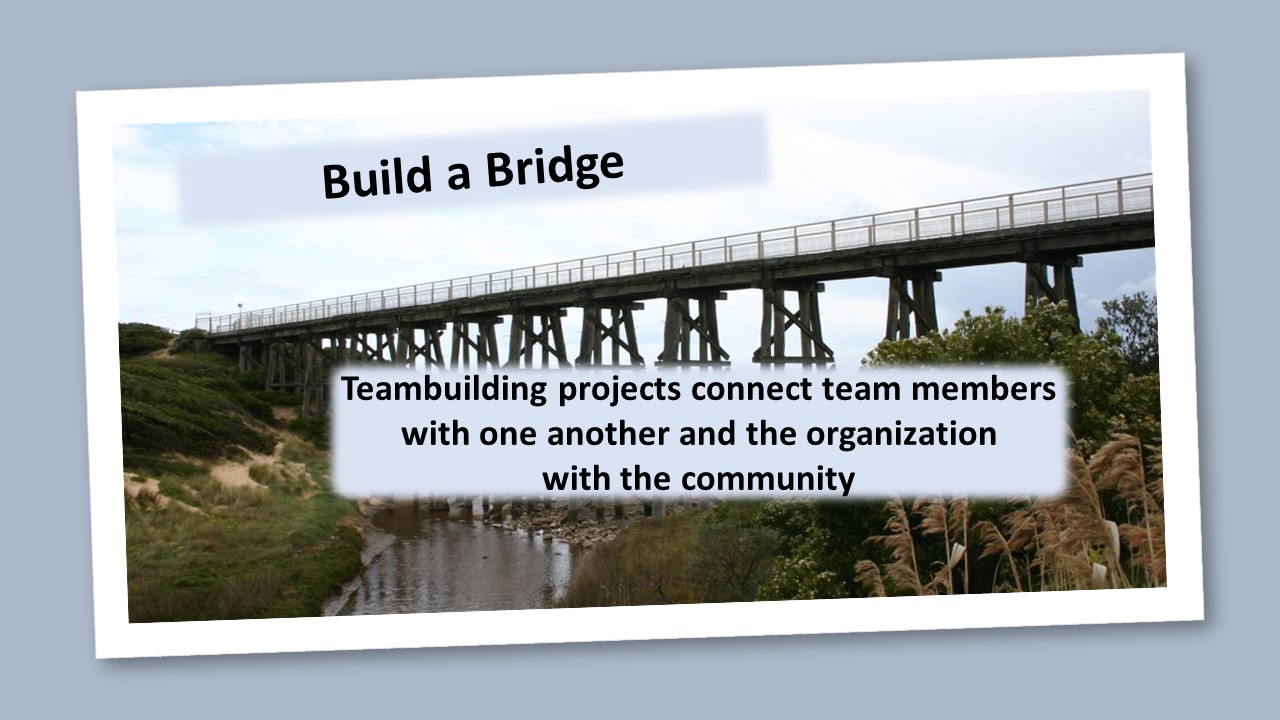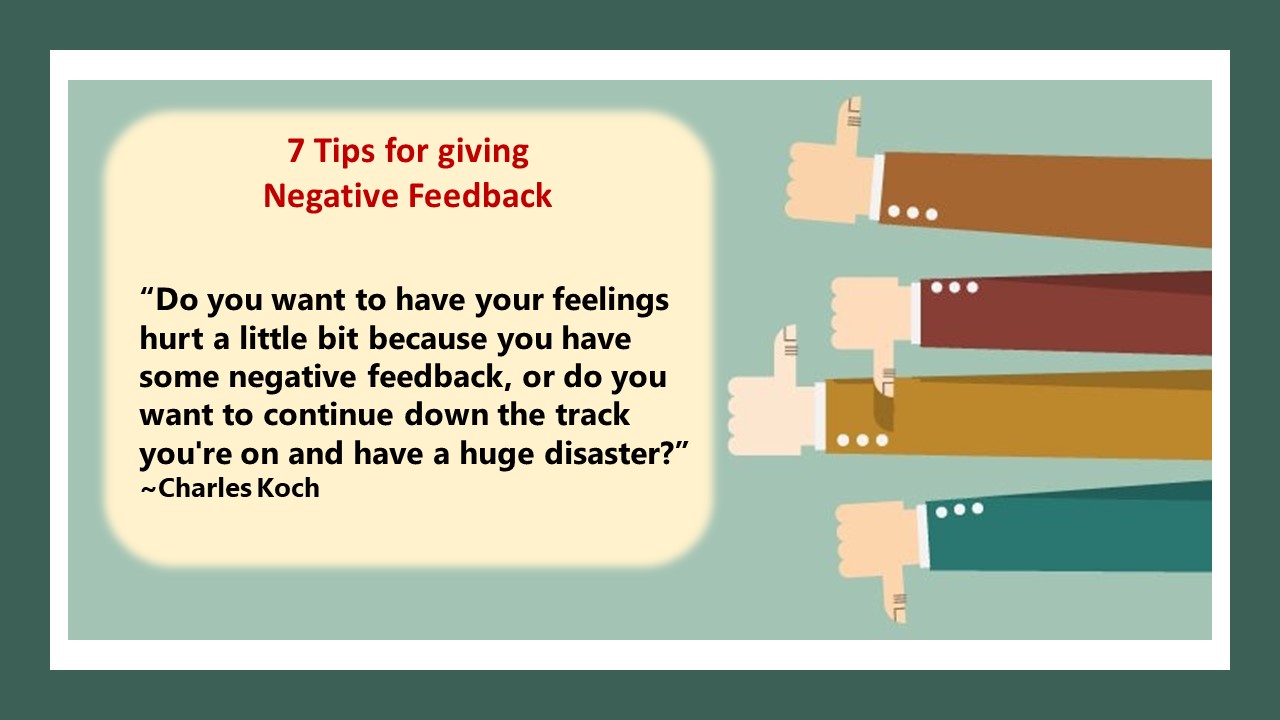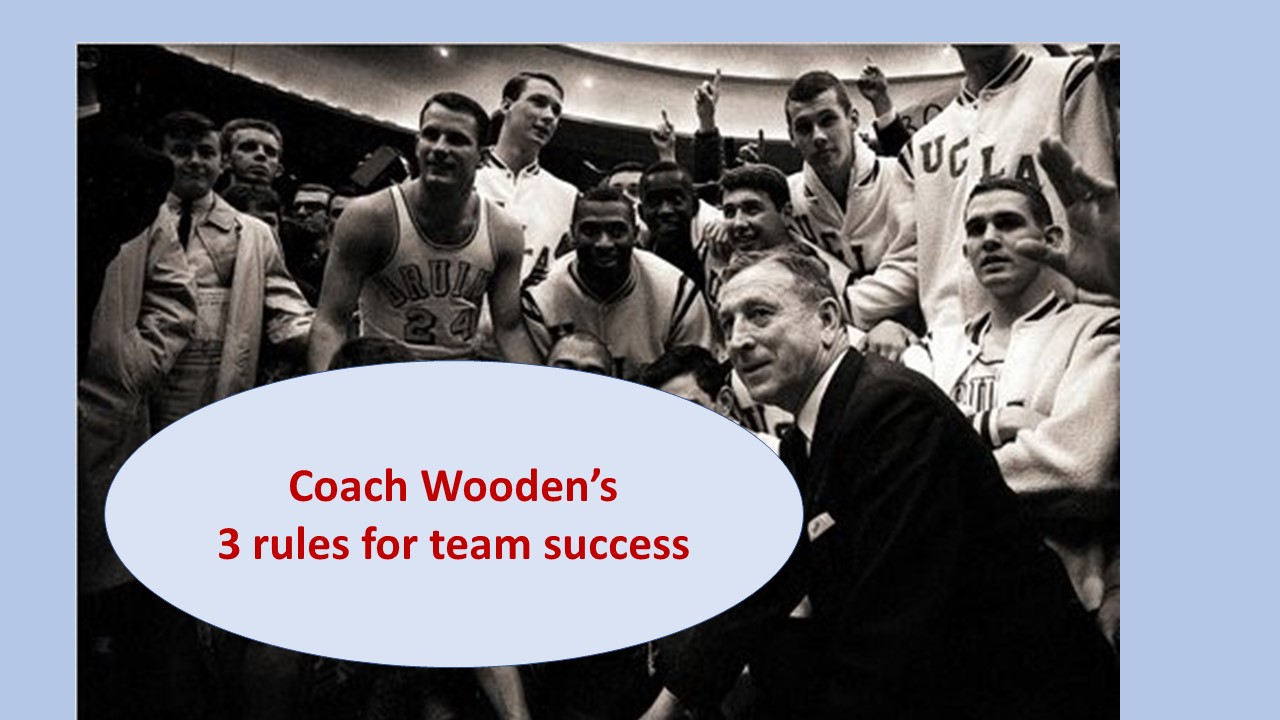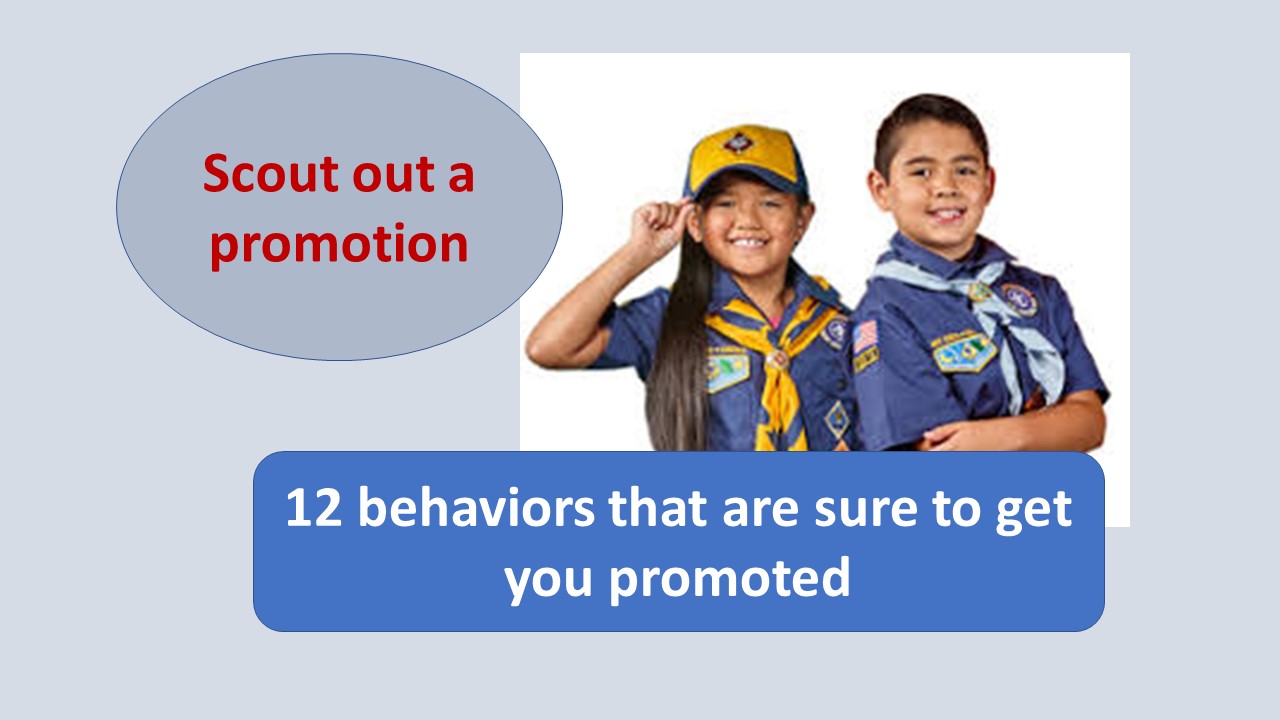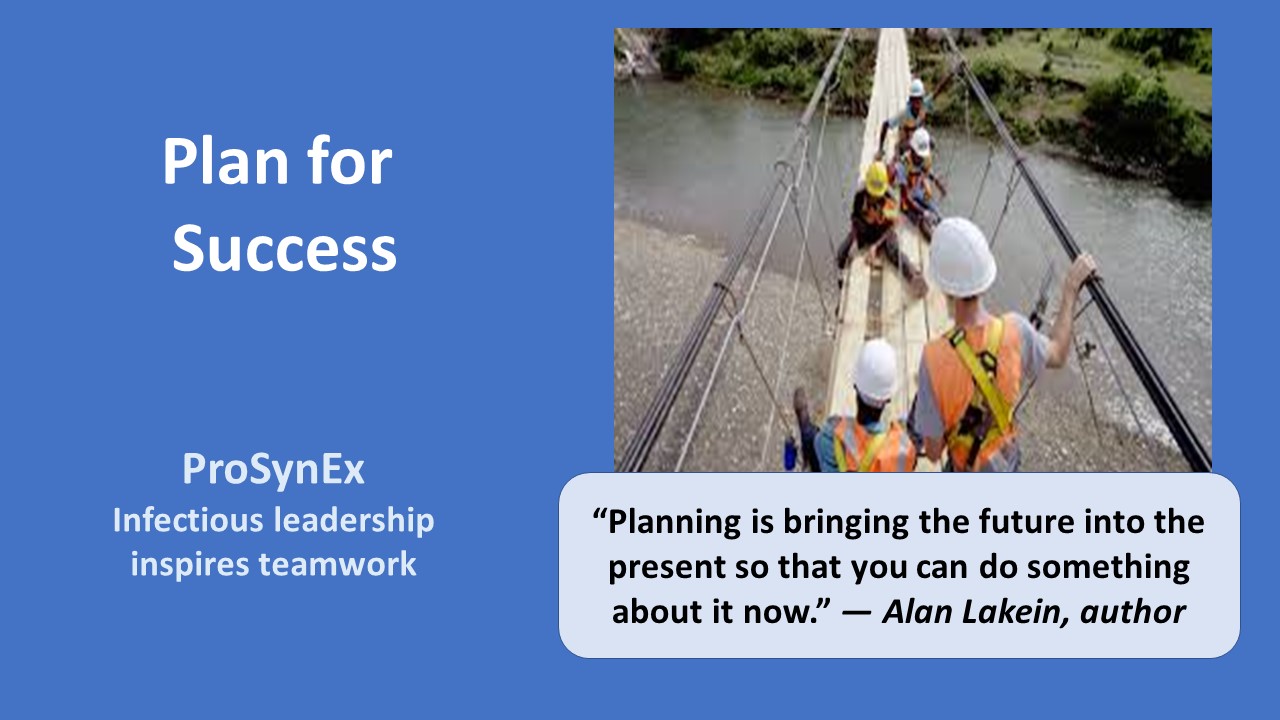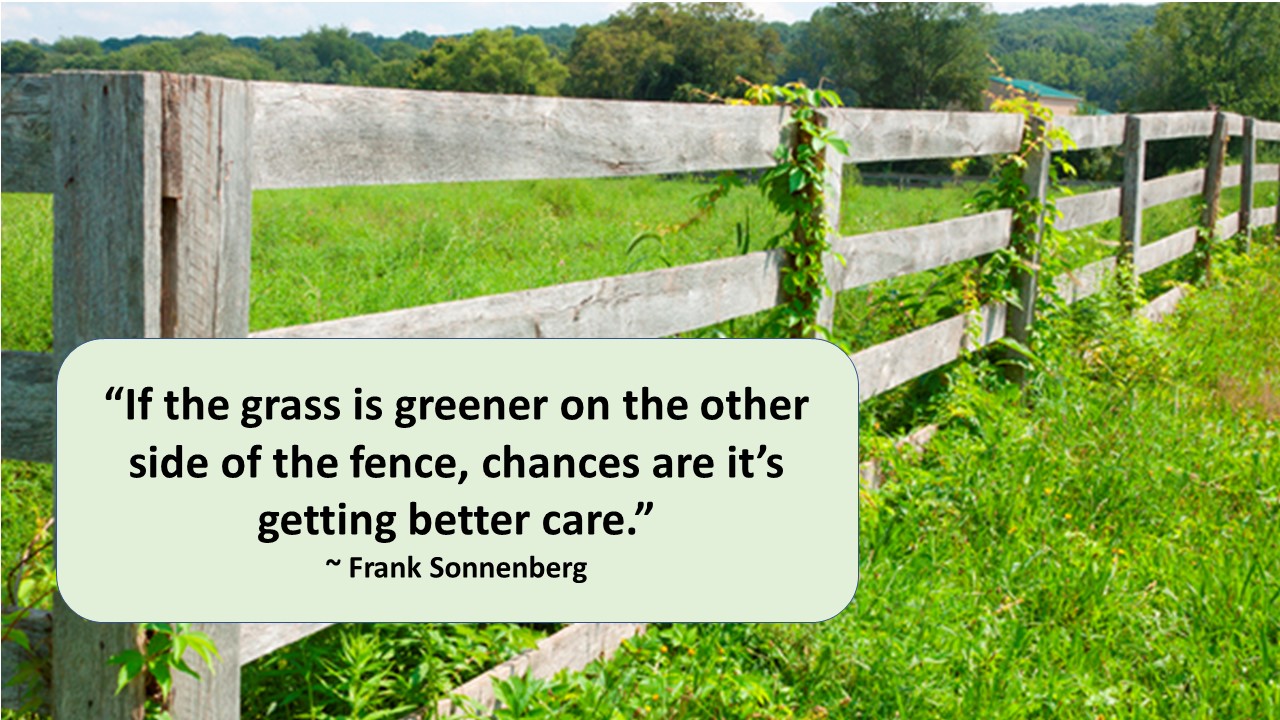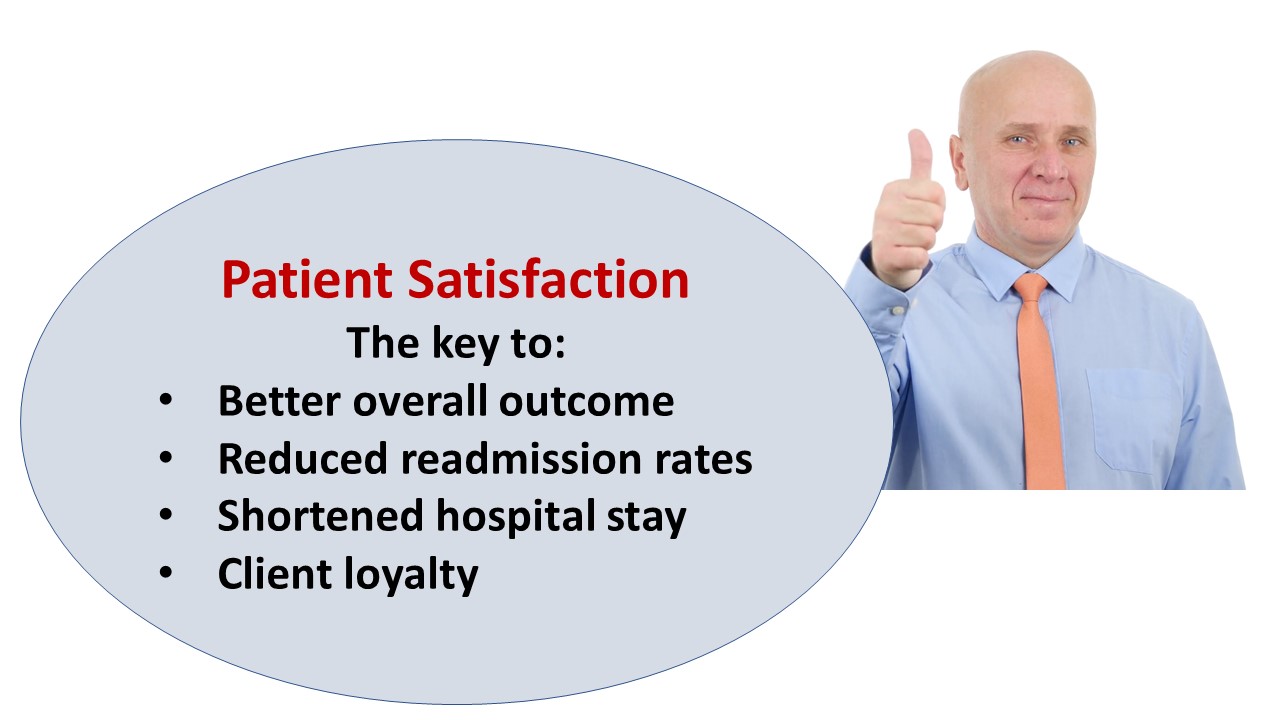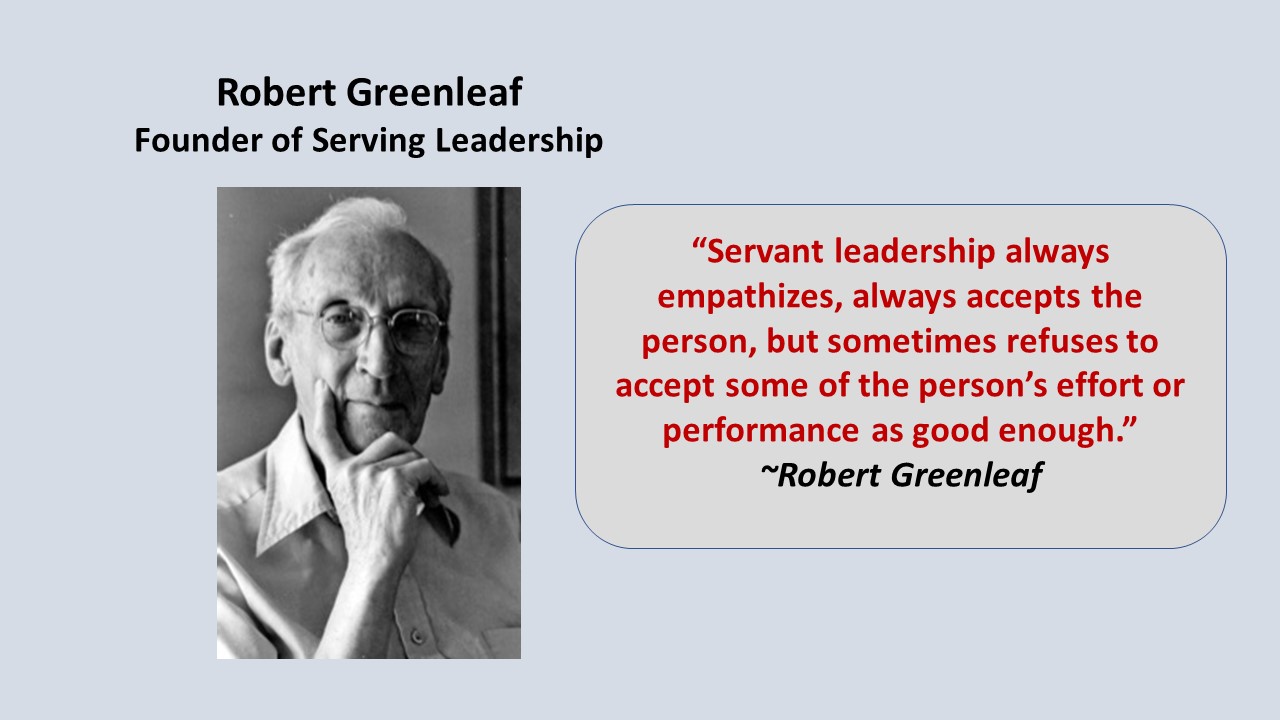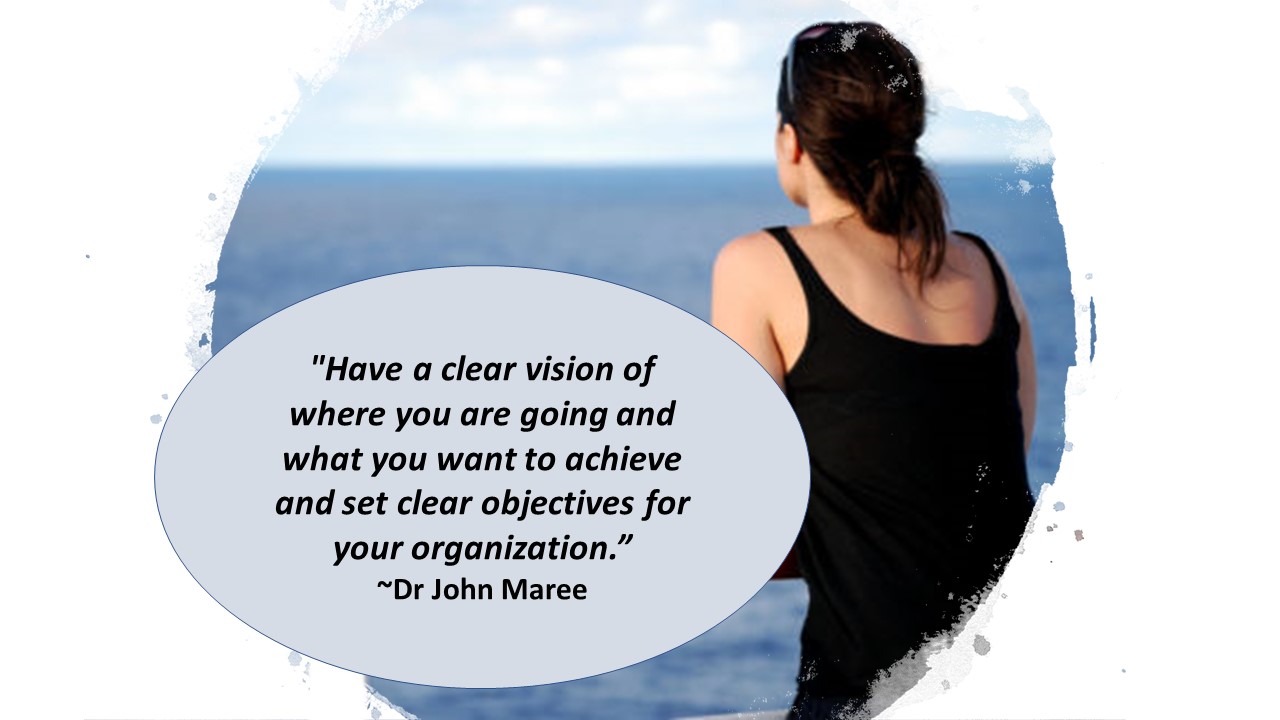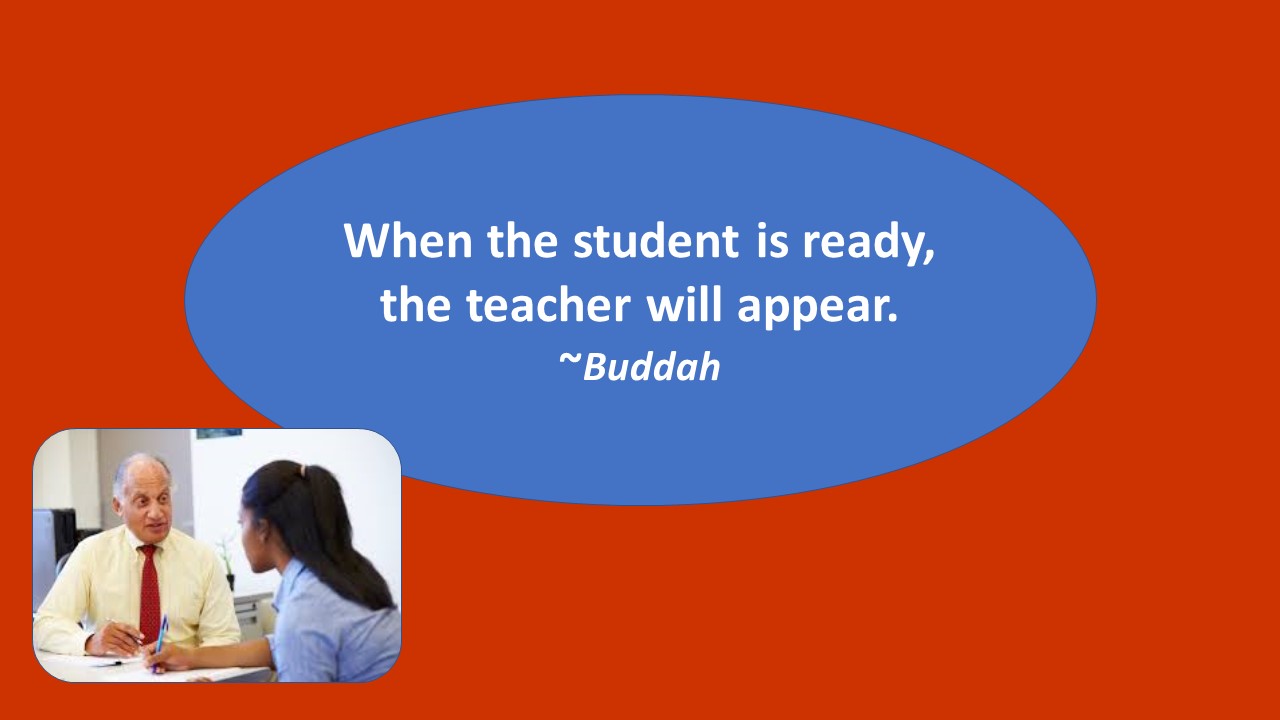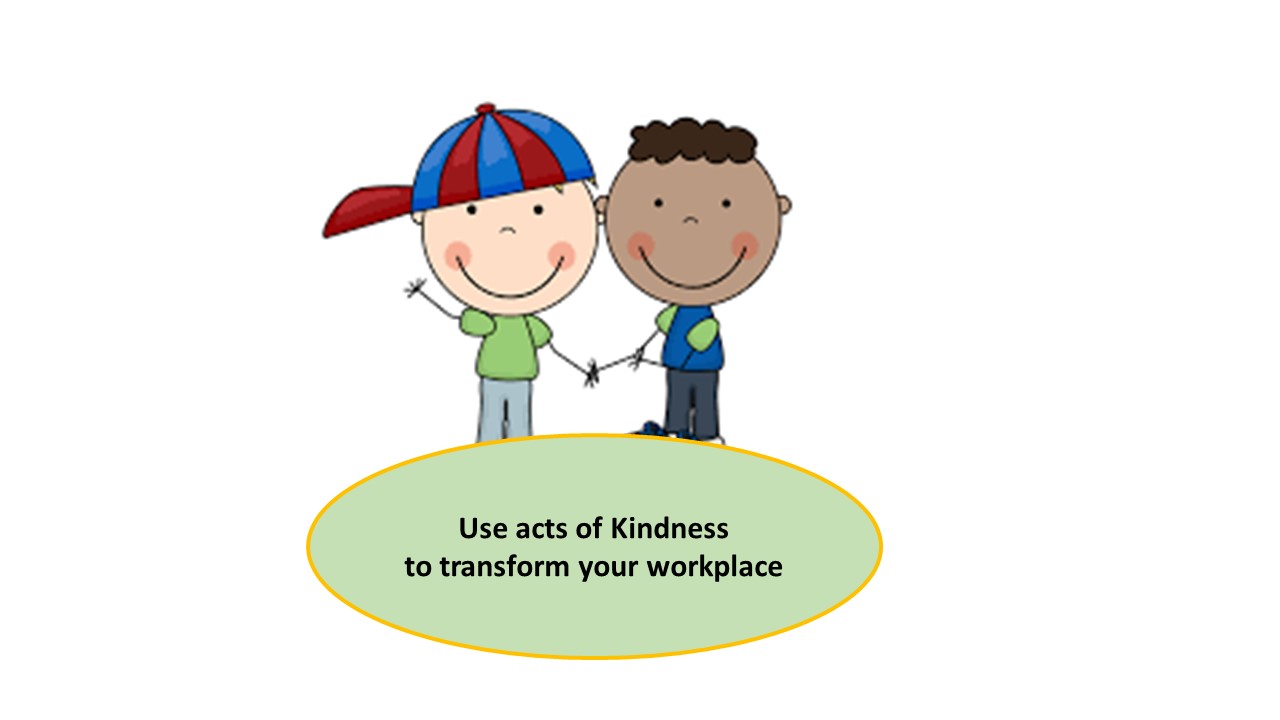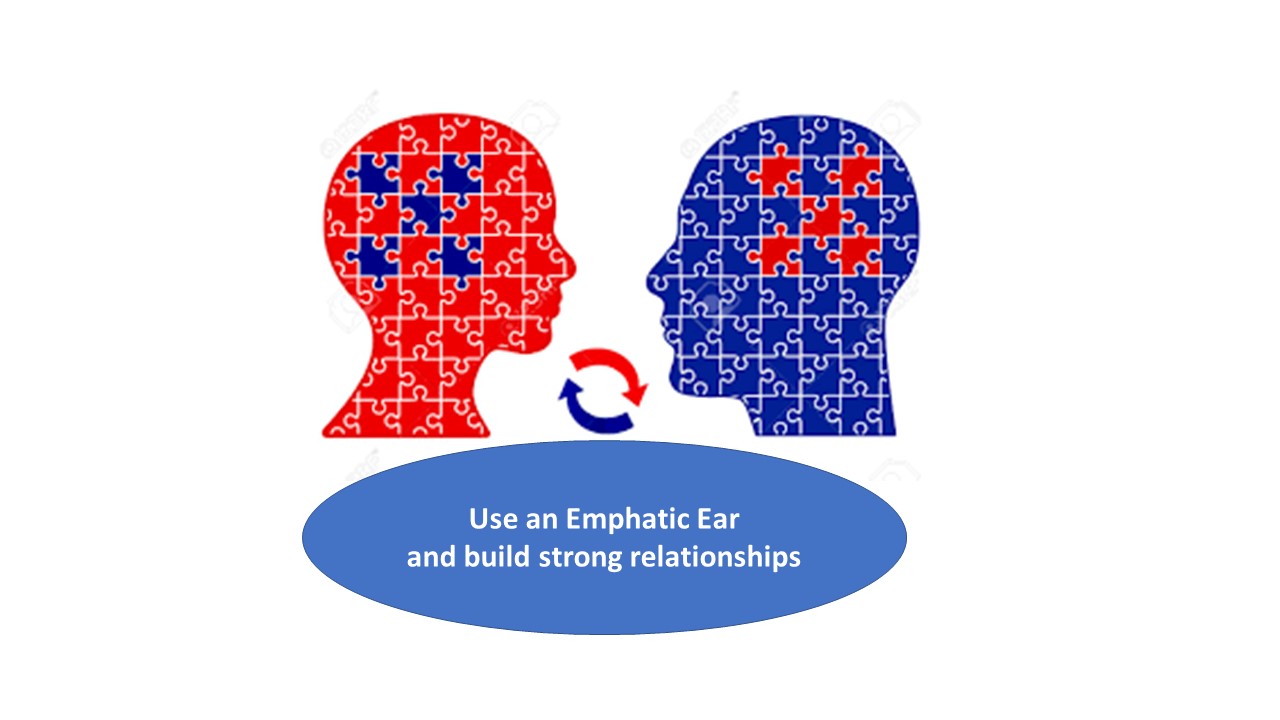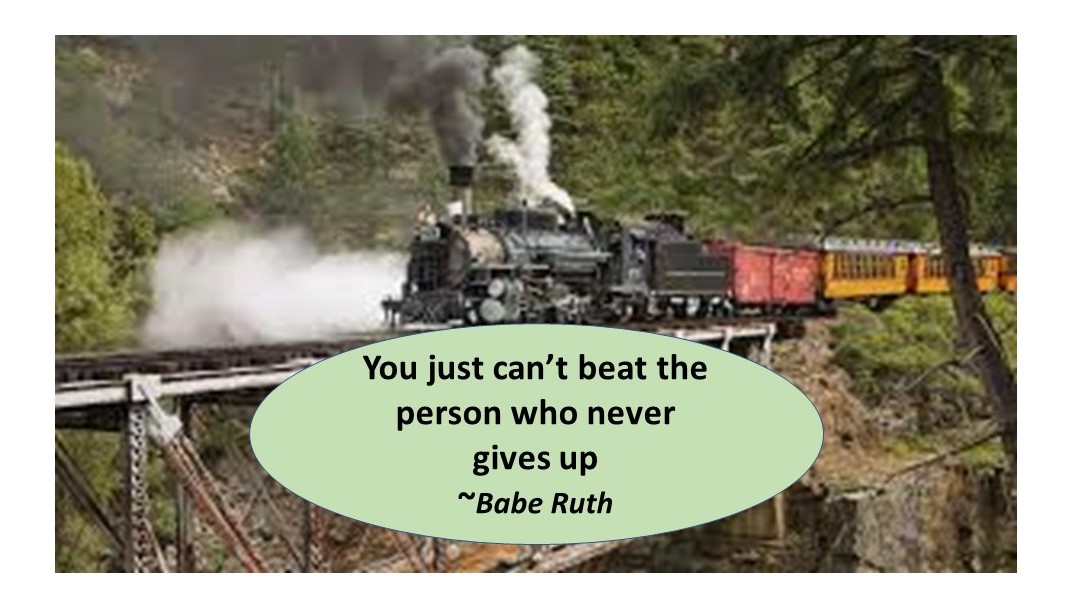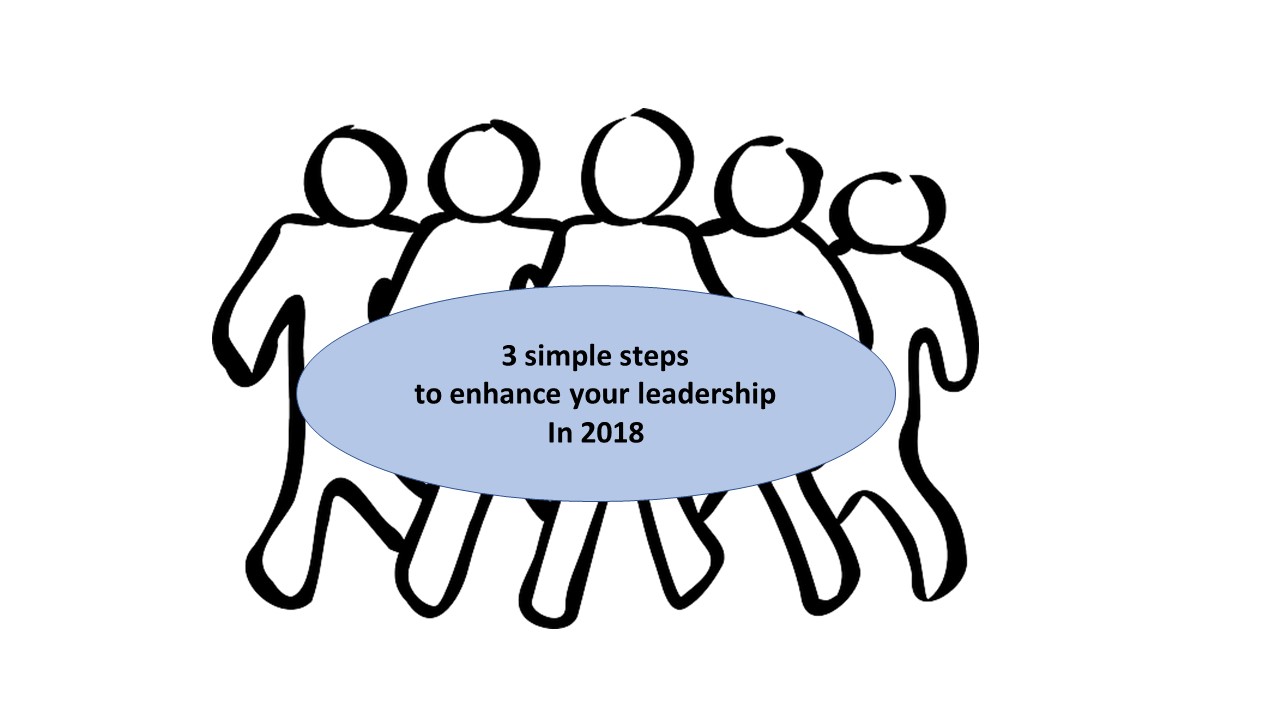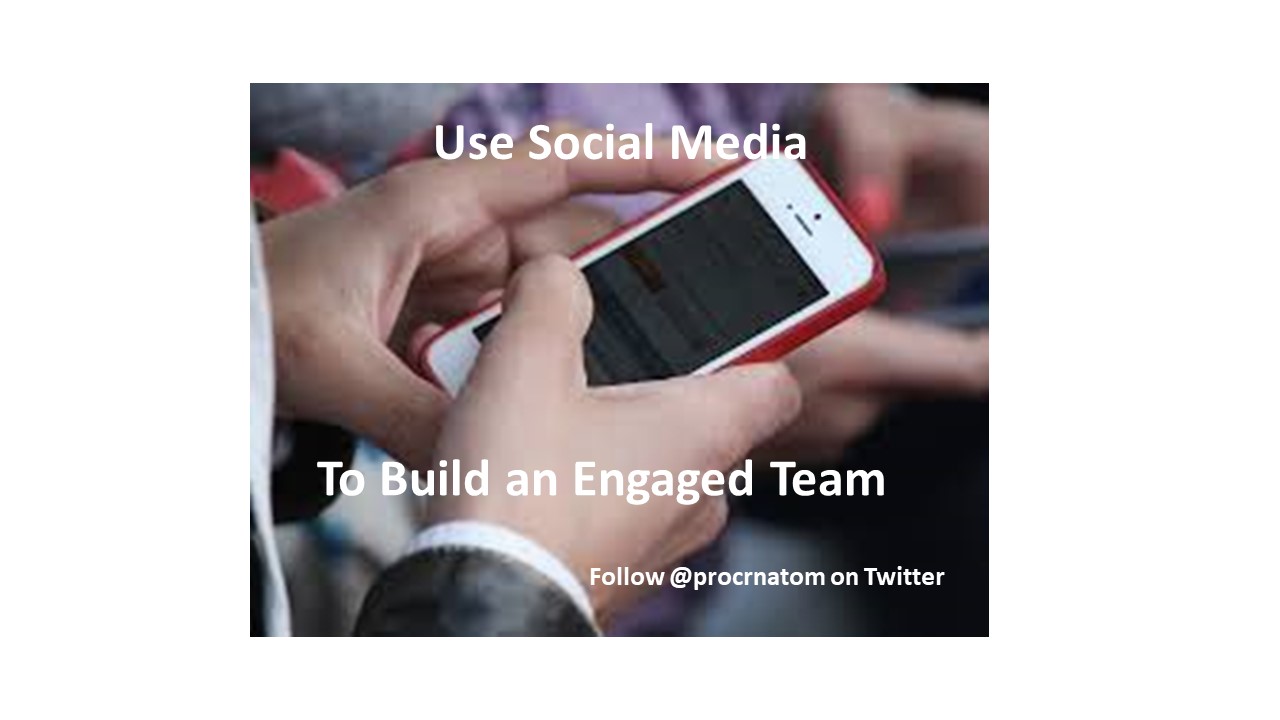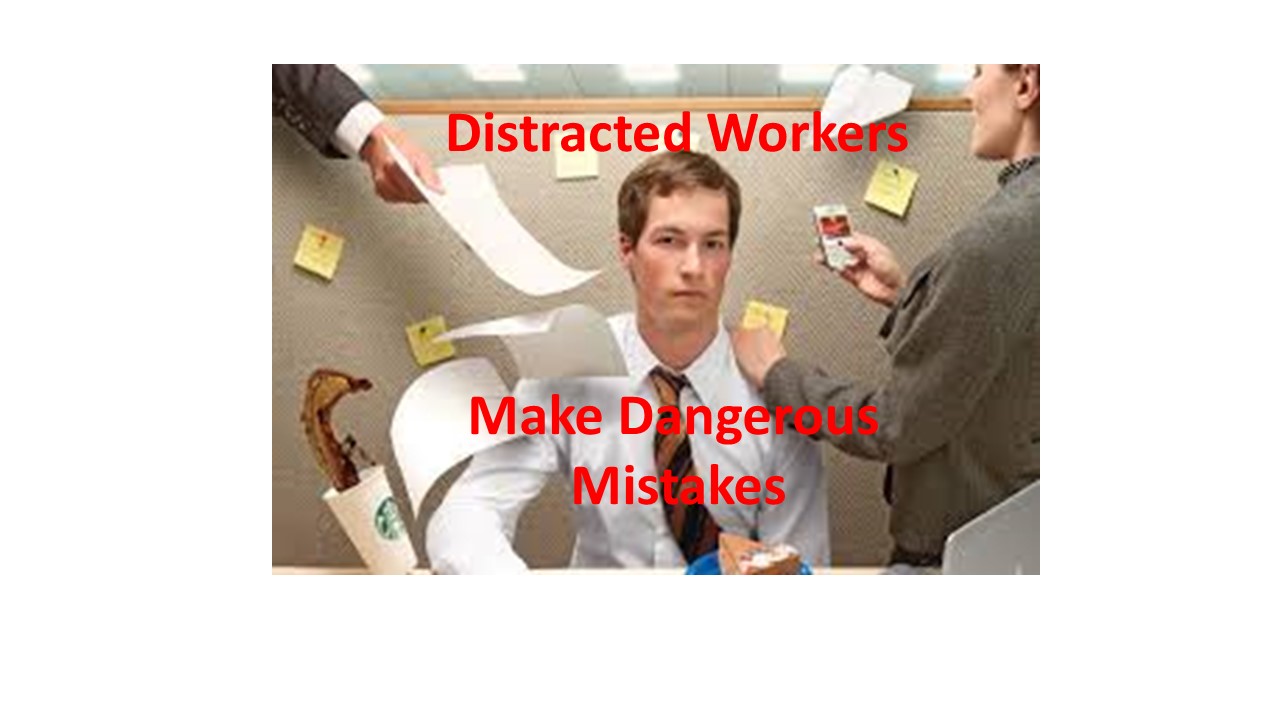By Thomas Davis, CRNA, MAE, DNAP candidate
follow@procrnatom on twitter
“Effective communicators make great friends. They’re open to many things and are able to translate their thoughts into meaningful words and actions.” ~Patrick Cogen
E-mail is an amazing and vital byproduct of the digitalization of America. At present, it is attractive, affordable and essential for communication between leader and team. Group messages are an effective way to update and inform an entire team about policy change, workflow alterations or any other topic that affects the group. Individual messages provide an avenue for private, two-way dialogue related to a specific issue. The electronic message platform is so familiar that an important message may blend in with the volume of junk mail and go unnoticed and unopened. Therefore, it is incumbent upon the writer to create a recognizable topic for the subject line, and a compelling message inside that catches the attention of the recipient and demands to be opened.
Caution
There are two important cautions to consider before delving into the finer points of writing effective email messages. Caution #1 Do not use email to avoid personal interaction. Relationships are essential and often make the difference between success or failure of a project. Janice Nadler Ph.D. published a study revealing that people who introduced themselves with a brief phone call were four times more likely to reach agreement when negotiating via email. Email used as a time-saving means of communication is a supplement, not a substitute.
Caution #2 Don’t send emails that pose the risk of creating an unwanted paper trail. Always consider that your messages may be stored or shared so check your amygdala at the keyboard and avoid writing emotional, unkind or nasty rhetoric. Assume up front that anything you publish thoughtlessly can and will be forwarded in mere seconds to the receiver’s support network.
Preparation is key
Before you shoot out a quick message, take a moment to consider the purpose. What is the single most important concept that you want the reader to remember? Recipients tend to remember one or two main points and if you shotgun too many topics in the same message, they may remember the one that affects them the most while overlooking the others. Combine and condense subjects to support a single concept and clearly state the desired respnse of the reader at the end of the message.
Identify your target audience and tailor the language of the message to make it easy to understand. Whether you’re sending a message to a single person or to an entire workgroup, never talk up or down to your reader. If you are implementing a policy change and notifying people at different levels on the chain of command, develop a separate message for each group. For example, a workflow change will affect technicians and nurses differently than physicians and APPs. Developing a message for each group ensures that the information is presented appropriately.
Capture the reader’s attention
You can control the words you write and who initially receives it; however, you have no control over whether the receiver opens and reads the message. Hubspot writer, Olivia Allen, suggests creating a subject line that piques interest, stimulates urgency or is personalized to the reader. For example, “Vendor sponsored dinner” sparks less interest than a subject line “Dine and earn CME at the Steakhouse.” If your goal is to get people to read a draft and offer feedback, a subject line “XYZ policy draft, reply by Friday” will stimulate both curiosity and urgency.
Power Words make Power Mail
Impactful messages begin with a powerful opening and your first two sentences will either win or lose your reader’s attention. Review your goal and write several versions of the first two sentences making sure to include a few power words. Blog author John Morrow offers 595 power words that can be incorporated onto your messages to compel the message recipient to continue reading. Words like amazing, fabulous, remarkable, spectacular, exciting and tremendous might be used to describe an opportunity or an achievement. Power words like frightening, revolting, toxic, scary staggering or scary can be used to give warning or to describe challenges. Regardless, your message content must be related to and flow from the subject line.
“Fools talk because they have to say something whereas the wise talk because they have something worth hearing.” ~Paul Bowden
Once the message is opened, remember, less is better. One or two short, concise paragraphs will be read attentively, whereas, a rambling message will be visually skimmed over before joining the trash barrel. Transparency gives the sender credibility, builds trust and maintains the writer’s integrity. If you’re sending a message that will alter the status quo, briefly state the reasons and the benefits. For example, an ambulatory surgery center required workers to copy two pages from the patient record at the end of each case and submit them to the billing department. Without prior notification by the employer, the usual copier was removed and workers had to walk down the hall to a different copier. The workers did not welcome the change and gave pushback. Had the leader sent the group a message informing them of the impending change, openly revealing that removing the extra copier would save $15,000 per year in ink costs, there would have been little dissent.
When the purpose of the message is to implement change, there must be a clear description of the next step for the reader. Workers are comforted when the leader takes charge and has the foresight to state clearly and without ambiguity the exact behavior that is expected from the reader. Soft messages that only imply but do not specify action will be misread and cause confusion. After giving a powerful opening to capture attention, a transparent description of the problem, and a clear directive to the reader, summarize the message in 1-2 sentences. Unless the message is urgent, save a draft and re-read it before it whooshes out to all.
Electronic communication is not the wave of the future, it is the reality of today. Like the junk mail delivered by the postman that you transfer quickly from the mailbox to the trash can, bland email messages go to the electronic trash can with one click. Communication is an essential component of leadership and email is currently the platform of choice for sending electronic messages. Honing your skills to use current and future digital technology wisely and well, will ignite your leadership and unite your team.
Tom is a clinical anesthetist, noted author and requested speaker
